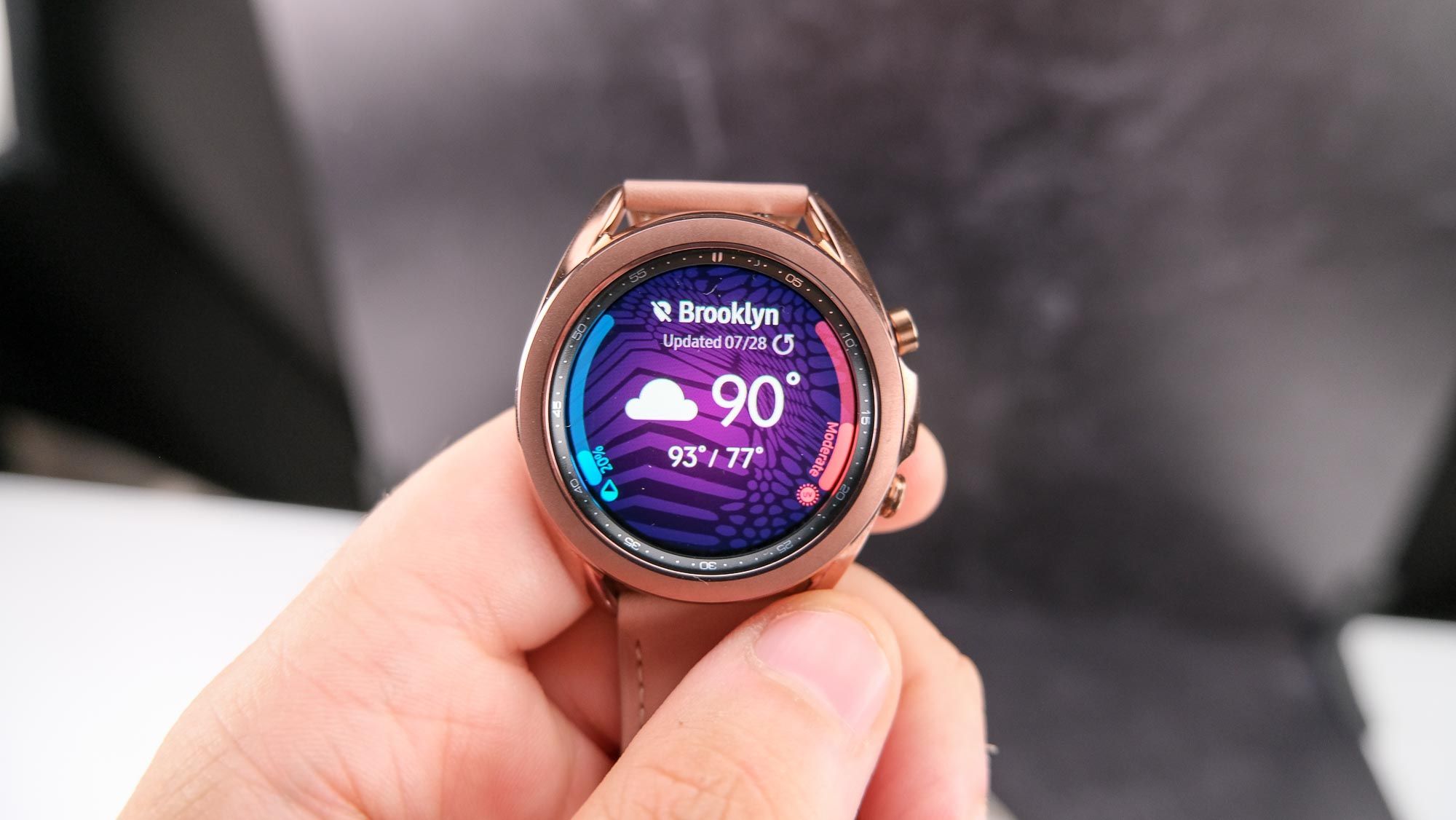Samsung Galaxy Watch 4 switching from Tizen to WearOS would be a disaster — here’s why
Don't do it, Samsung!

With all due respect to my colleague Kate, who argues that Samsung switching from Tizen to Wear OS for its Galaxy Watch 4 would be a game-changer, I’m here to tell you that such a move would be a disaster and ruin all that’s special about Samsung smartwatches.
First, let’s take a look at market share. According to Canalsys, in the first half of 2020, Samsung’s smartwatches accounted for roughly 12 percent of the entire smartwatch market. It came in third to Apple (36%) and Huawei (14%), the latter spurred by sales in China. All others — which includes all Wear OS watches — made up a combined 22% of the market, behind both Garmin and Fitbit.
- Best smartwatches
- Smartwatch buying guide: Everything you need to know
From simply a market perspective, Samsung abandoning Tizen for a platform that is an also-ran makes little sense. But let’s also look at it from the point of view of a prospective smartwatch owner.
When you look at Apple Watches and Wear OS watches, they have one thing in common: lousy battery life. Even under the best of circumstances, you’ll be lucky to get two full days without needing to recharge your battery. Tizen’s more efficient operating system, on the other hand, lets you use a Samsung smart watch for at least three days. That’s not spectacular when compared to the likes of Garmin and Fitbit, but at least you can go on a weekend trip and not worry that your watch will die by the time you get back.
Next, let’s look at the hardware. Right now, if you want to use Wear OS, you’re pretty much locked in to using a specific Qualcomm Snapdragon 4100 processor, which was announced last June. It was the first major update in two years, and even now, there’s less than a handful of watches running the latest chip.
How bad is it? When I did a Google search for “WearOS,” the first two questions in the People Also Ask box were “Is Wearos good” and “Is WearOS dead?”
Pretty much the only major company using WearOS is the Fossil Group, which sells smartwatches under half a dozen brands — Misfit, Skagen, Armani Exchange, Diesel, Emporio Armani, and Michael Kors. All of those smartwatches are powered by the Qualcomm 3100 chip, which came out in 2018.
Sign up to get the BEST of Tom's Guide direct to your inbox.
Get instant access to breaking news, the hottest reviews, great deals and helpful tips.
I can see why Fossil chose WearOS, and why it’s tempting for Samsung; it’s much easier and cheaper to create a myriad of cases when you can standardize the internal components. It’s like buying a Toyota Camry, but being able to select from dozens of trim packages.
I also get that, because WearOS has the weight of Google behind it, more developers have are likely to develop apps for the platform. Plus, you can link it with all of Google’s apps, as well as Google Assistant.
But, because of this standardization, you don’t see any innovation within WearOS; slap a bejeweled bezel on a watch, price it at $350, and call it a day.
In the past year or so, Apple, Fitbit, Garmin, and Samsung have all brought out a myriad of new health and fitness-tracking features such as SP02 tracking, blood oxygen monitoring, skin temperature sensors, and more. Meanwhile, on WearOS devices, you get ... a heart rate monitor, a feature you can find on $25 fitness trackers.
Like the WearOS processors, it took two years — from 2018 to late 2020 — for Google to come up with any meaningful update to WearOS. While Google did acquire Fitbit, the deal only concluded last month, so its doubtful we’d see any integration for a while. Let's just hope that Google won't do to Fitbit what Fitbit did to Pebble.
For me, though, it all comes back to battery life. The greater endurance of the Samsung Galaxy Watch over WearOS smartwatches is a real competitive advantage, as is the integration with its smartphones. And, as the second-largest smartphone maker in the world, having that tight compatibility helps.
It’s been pretty clear that Google doesn’t give the time of day to its smartwatch WearOS. Neither should Samsung.

Michael A. Prospero is the U.S. Editor-in-Chief for Tom’s Guide. He oversees all evergreen content and oversees the Homes, Smart Home, and Fitness/Wearables categories for the site. In his spare time, he also tests out the latest drones, electric scooters, and smart home gadgets, such as video doorbells. Before his tenure at Tom's Guide, he was the Reviews Editor for Laptop Magazine, a reporter at Fast Company, the Times of Trenton, and, many eons back, an intern at George magazine. He received his undergraduate degree from Boston College, where he worked on the campus newspaper The Heights, and then attended the Columbia University school of Journalism. When he’s not testing out the latest running watch, electric scooter, or skiing or training for a marathon, he’s probably using the latest sous vide machine, smoker, or pizza oven, to the delight — or chagrin — of his family.
